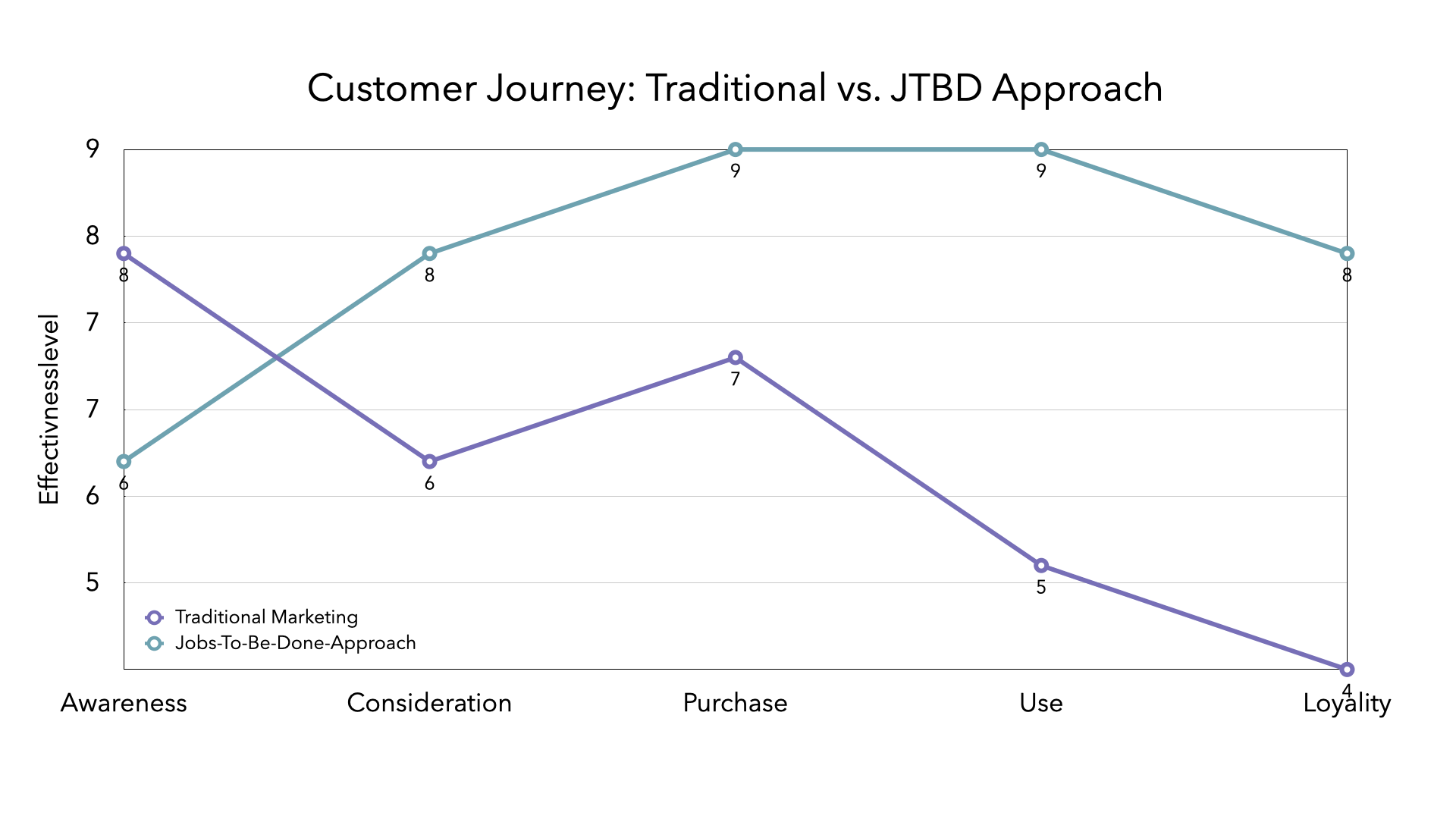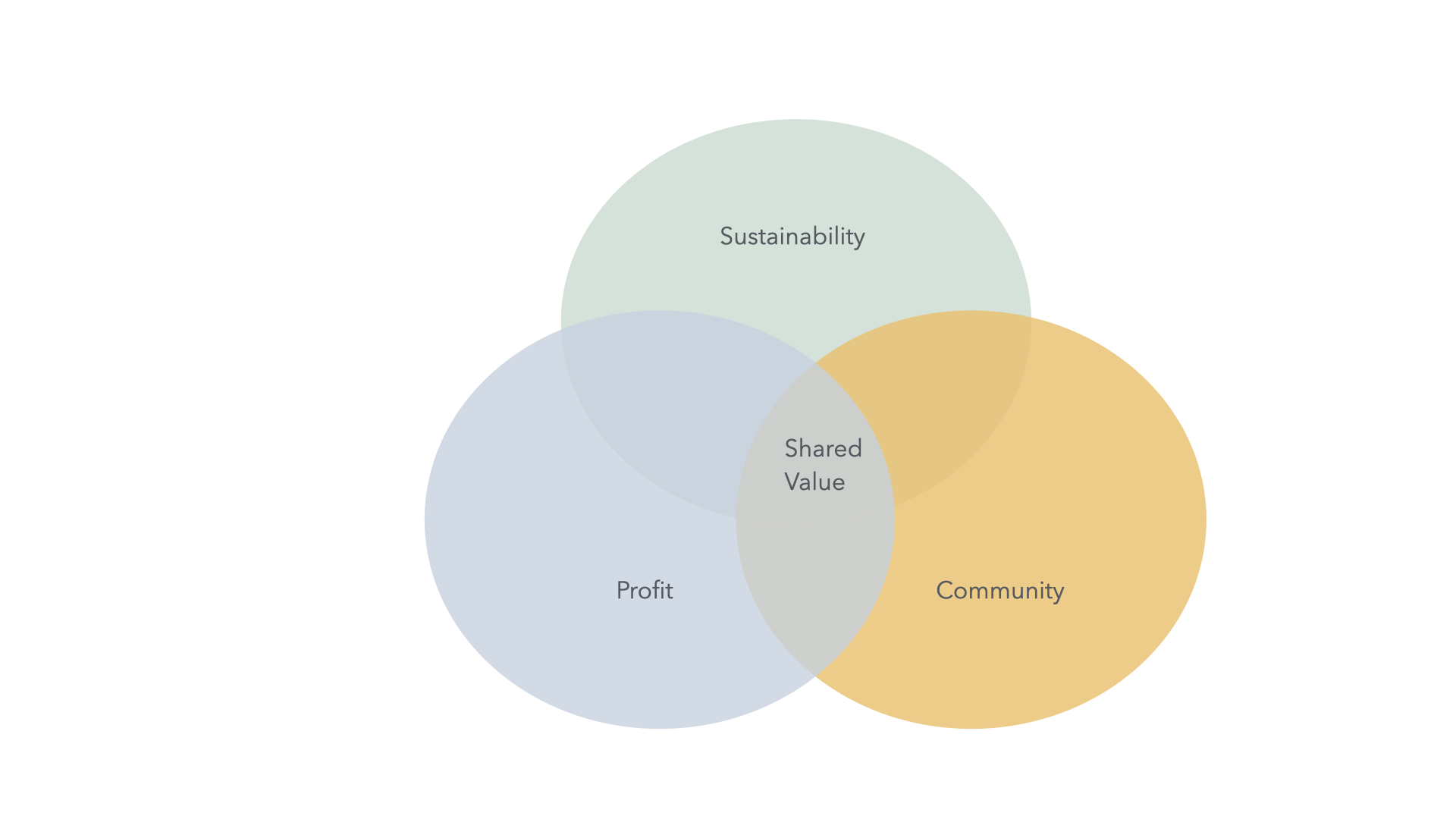Why Many Companies Fail – and What We Can Learn from It
Companies today face a critical challenge: In a world where customers are increasingly well-informed and have countless alternatives to choose from, simply selling products is no longer enough. Yet, many companies suffer from strategic shortsightedness. They optimize their existing business models, focus on short-term revenue growth, and overlook the evolving needs of their customers.
A prime example of strategic shortsightedness is Kodak. The former giant of the photography industry invented the first portable digital camera as early as 1975 but chose not to develop the technology further, fearing it would cannibalize its lucrative analog film business. Instead of embracing the fundamental shift in the industry, the company clung to its outdated business model – with disastrous consequences. In 2012, Kodak filed for bankruptcy.
This kind of misjudgment is not an isolated case. Companies do not fail because they lack innovation but because they evaluate innovation from the wrong perspective. The key question is not how companies can defend their market position, but how they can continuously redefine and expand the value they create for their customers.
Three core strategies help to avoid strategic shortsightedness and ensure long-term business success.
Rethinking Competition: From Products to “Jobs-to-be-Done”

Traditionally, companies segment their markets based on demographic or psychographic criteria. However, people do not buy products because they belong to a specific age group or fit into a target demographic; they buy them because they need to solve a specific problem.
This perspective is at the core of the Jobs-to-be-Done (JTBD) theory, popularized by Clayton Christensen, a professor at Harvard Business School. His approach urges companies to shift their focus from the customer itself to the tasks the customer wants to accomplish.
A well-known example is the Milkshake Case: A fast-food chain attempted to increase its milkshake sales by improving flavor and packaging. However, after analyzing actual purchasing behavior, they discovered that most buyers were commuters looking for a nutritious, easy-to-consume breakfast that would keep them full for a long time. The solution was a thicker, slower-to-drink milkshake, which significantly boosted sales.
Renowned business strategist Ram Charan makes a similar argument. In his book “What the Customer Wants You to Know”, he challenges companies to rethink the traditional sales approach. He emphasizes that customers should not be seen as mere targets for sales strategies but as partners in value creation. Companies do not just sell products; they effectively “buy” customers by better understanding their needs and aligning their solutions accordingly.
This perspective fundamentally changes how companies view competition. Businesses do not compete solely with direct industry rivals but with any alternative that helps customers accomplish the same job. A tax software program, for instance, does not only compete with other tax software—it also competes with pen and paper.
To avoid strategic shortsightedness, companies must view the market from the customer’s perspective and ask themselves:
- What job does our product fulfill for the customer?
- What alternatives exist to get this job done?
- How can our product accomplish the job better than all other available options?
Companies that adopt this approach often uncover new market opportunities that were previously invisible to them.
Creating Shared Value: Economic Success Through Social Benefit

For a long time, shareholder value was considered the ultimate corporate goal—maximizing profits for investors took priority above all else. However, this singular focus on capital returns has led to a loss of trust and growing societal tensions across many industries. Today, it is becoming increasingly clear: Companies that create value not just for their investors but for all stakeholders are more successful in the long run.
Renowned strategy expert Michael Porter describes this shift in his Shared Value concept. He argues that businesses should not operate at the expense of society but instead link economic success with social benefits. Shared Value is not about traditional Corporate Social Responsibility (CSR); rather, it is about systematically integrating societal needs into the core business model.
One example is Nestlé: The company invested in training and equipping dairy farmers in India. This initiative not only ensured a reliable supply of raw materials for Nestlé but also improved the farmers’ living conditions and strengthened the local economy in a sustainable way.
One example is Nestlé: The company invested in training and equipping dairy farmers in India. This initiative not only ensured a reliable supply of raw materials for Nestlé but also improved the farmers’ living conditions and strengthened the local economy in a sustainable way.
Three Ways Companies Can Rethink Shared Value
- Redefining the Product Offering:
Companies can adapt their product portfolio to address societal challenges. A notable example is Voelkel, a bio-juice manufacturer from Germany. Voelkel has successfully established itself in a competitive market by focusing on a community-driven business model. The company prioritizes organic and fair-trade products and supports innovative projects, such as selling ginger shots at the Wacken Festival. By fostering long-term partnerships and emphasizing ethical supply chains, Voelkel has navigated economic crises more effectively than many competitors.
- Restructuring the Value Chain:
By adopting more sustainable and socially responsible production methods, companies can reduce costs over the long term while simultaneously creating social value. A great example is Werner & Mertz, the maker of the “Frosch” brand of cleaning products. Since 2010, the company has been a leader in sustainable packaging, with 80% of its packaging made from recycled plastic—eventually reaching 100%. In 2019, Werner & Mertz introduced the first shower gel bottle made entirely from plastic recycled from household waste, setting a new industry standard.
- Developing New Forms of Partnerships:
By collaborating with governments, NGOs, and other businesses, companies can create innovative solutions that align economic and social goals. A prime example is Carbios, a French biotech company pioneering enzymatic recycling of plastics. Working with partners such as L’Oréal, Nestlé Waters, and PepsiCo, Carbios is developing advanced recycling technologies for PET plastics, helping to establish a true circular economy for plastic waste.
Why Shared Value Matters
Shared Value requires companies to think strategically about how their core business can create societal benefits, rather than focusing solely on short-term profit optimization. Organizations that embrace this approach build trust, strengthen customer loyalty, and secure long-term market relevance — all while making a positive impact on the world.
Rethinking Value Delivery: The Era of Ecosystems
The rise of the Internet of Things (IoT) is transforming how companies create value. Products no longer exist in isolation but are now part of interconnected ecosystems.
A prime example is Google Nest. Initially launched as a smart thermostat provider, Nest has evolved into a comprehensive smart home ecosystem that includes cameras, smoke detectors, doorbells, and speakers. The real value for customers does not come from a single product but from the seamless interaction between all components in the connected system.
This development is evident across various industries:
- Automotive Industry: Electric vehicles are no longer just cars; they are part of an integrated mobility and energy management system.
- Healthcare: Smart wearables like the Apple Watch are not just watches but key components of a connected health management system.
Tim Brown, CEO of the design consultancy IDEO, emphasizes in his book “Change by Design” that companies focusing solely on individual product improvements often overlook that most of the user experience occurs outside the product itself. A successful company considers the entire user journey and identifies opportunities to create value on multiple levels.
The fundamental shift is clear: Products can no longer be viewed in isolation but as part of larger systems that seamlessly integrate and enhance the overall user experience.
Conclusion: From Strategic Shortsightedness to a Sustainable Business Vision

Companies that focus solely on short-term profits and view their customers as mere revenue sources risk losing relevance in the long run. Strategic shortsightedness has already led to the downfall of many once-successful businesses—not because they lacked innovation, but because they misjudged its value and clung to outdated business models.
Successful companies, on the other hand, embrace strategic foresight by:
- Viewing competition from the customer’s perspective: The goal is not to outperform competitors but to provide a superior solution to the customer’s needs.
- Creating shared value: Businesses that integrate economic success with social impact build long-term trust and secure sustainable market share.
- Leveraging interconnected ecosystems: Future-proof companies no longer offer standalone products but create seamless, integrated experiences that fit naturally into users’ daily lives.
Digital transformation, shifting customer expectations, and societal challenges require companies to continuously adapt their strategies. Those that align their business approach with real customer needs, combine profitability with social responsibility, and develop innovative value networks will not only be more resilient but will also achieve sustainable long-term success.